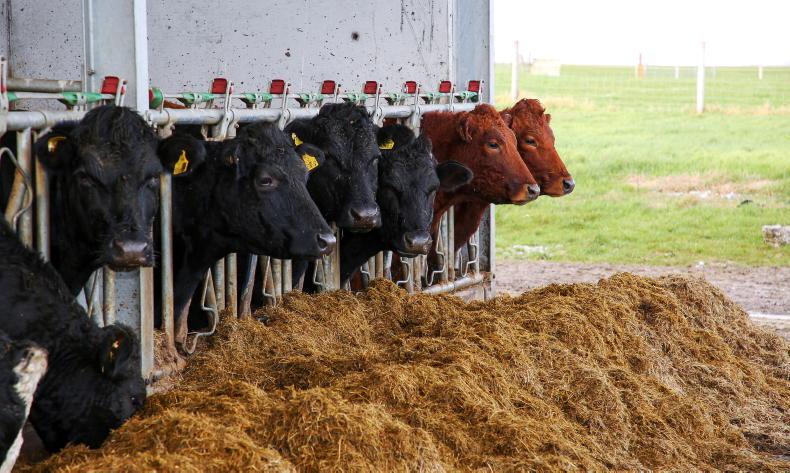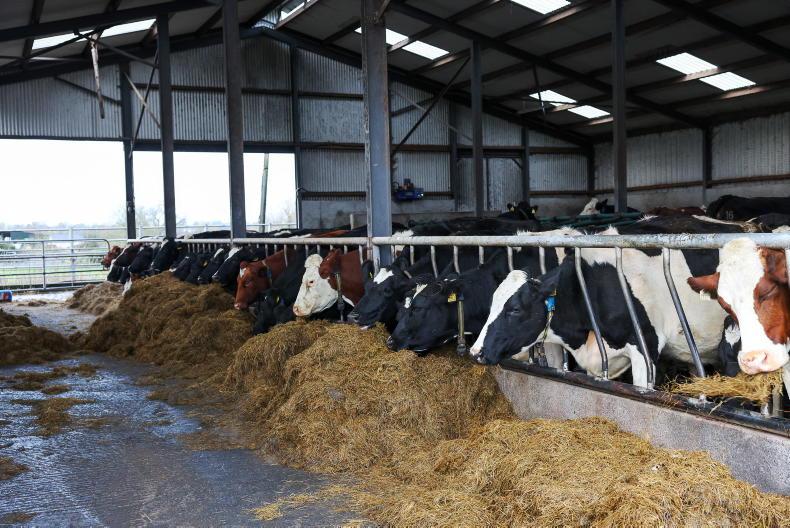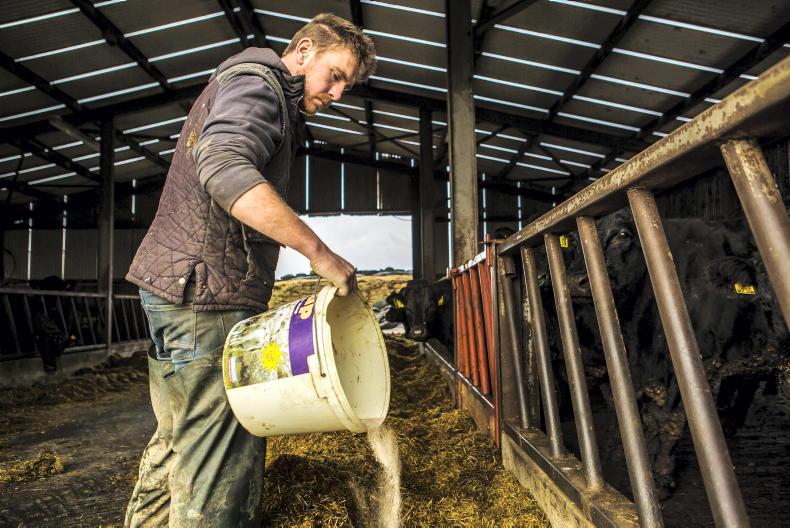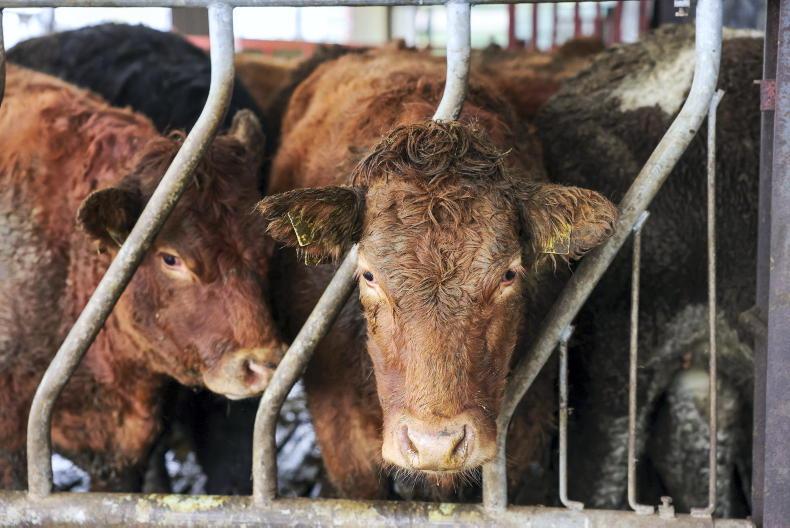Every suckler farmer will prefer to have cows calving during the daytime rather than the early hours of the morning.
Not only is it easier to monitor the cow’s progress during labour, it is easier to get help if assistance is needed, be that to deliver the calf or even just moving the cow off slats to a calving pen.
Many farmers find that by feeding cows late in the evening, it tends to reduce the number of animals calving through the night.
It must be stated that there is no definitive science to this practice, but it may be the year to give it a try to see if it works for you.
Method
Start feeding late in the evening two to three weeks before spring calving is due to start. When it comes to how late in the evening, it is what works best for you and your routine.
The important bit is sticking to a similar feeding time each evening. Just put in enough silage to last until late morning or early afternoon.
Cows should have the passage cleaned and in a fasted state for five or six hours before the next allocation of fresh silage. Cows will roar looking for silage, but will soon get used to the feeding routine.
When cows are offered fresh silage in the evening, they eat to appetite, then lie and ruminate. This can help to delay the onset of labour until the following morning.
Downsides
As mentioned, it is not an exact science, but it does work for many farmers. However, there are some instances to avoid this practice.
If there is not enough space at the feed barriers for all cows to access silage at the same time, do not try this method.
If feed space is restricted, there will be a lot of bullying when fresh silage is offered. That runs the risk of shy cows getting a heavy knock on the side that may cause them to abort.
Read more
Young Stock Podcast: from Inishowen to Dyson's 37,000ac farm and back again
Solid start to calf trade in Bandon as continentals make up to €585
Every suckler farmer will prefer to have cows calving during the daytime rather than the early hours of the morning.
Not only is it easier to monitor the cow’s progress during labour, it is easier to get help if assistance is needed, be that to deliver the calf or even just moving the cow off slats to a calving pen.
Many farmers find that by feeding cows late in the evening, it tends to reduce the number of animals calving through the night.
It must be stated that there is no definitive science to this practice, but it may be the year to give it a try to see if it works for you.
Method
Start feeding late in the evening two to three weeks before spring calving is due to start. When it comes to how late in the evening, it is what works best for you and your routine.
The important bit is sticking to a similar feeding time each evening. Just put in enough silage to last until late morning or early afternoon.
Cows should have the passage cleaned and in a fasted state for five or six hours before the next allocation of fresh silage. Cows will roar looking for silage, but will soon get used to the feeding routine.
When cows are offered fresh silage in the evening, they eat to appetite, then lie and ruminate. This can help to delay the onset of labour until the following morning.
Downsides
As mentioned, it is not an exact science, but it does work for many farmers. However, there are some instances to avoid this practice.
If there is not enough space at the feed barriers for all cows to access silage at the same time, do not try this method.
If feed space is restricted, there will be a lot of bullying when fresh silage is offered. That runs the risk of shy cows getting a heavy knock on the side that may cause them to abort.
Read more
Young Stock Podcast: from Inishowen to Dyson's 37,000ac farm and back again
Solid start to calf trade in Bandon as continentals make up to €585










SHARING OPTIONS